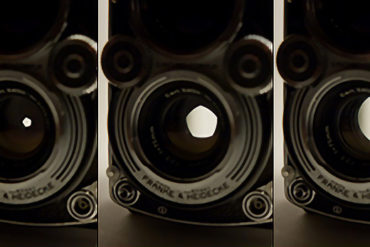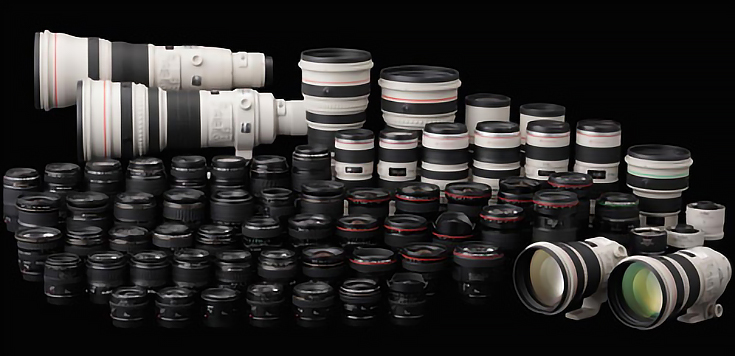Writer Anthony J. D’Angelo said it beautifully: “Develop a passion for learning. If you do, you will never cease to grow.” That passion ignited in 2011...
Photography Tips Fine art photography and digital camera advice
Want to improve your fine art photography skills?
EmptyEasel has free photography tutorials, digital camera lessons, and tons of other helpful tips for new photographers. Our free photography guides are written by expert photographers, and will help you learn to take better photos whether you're taking smartphone photos or using a high-end DSLR camera.
Plus, we cover all sorts of other photography topics, too! Landscape photography, black and white photography, you name it. Plus get tips for buying the best camera lenses (or any camera gear), backing up your photos, selling your photos online, and much more.
Browse all free photography lessons below:
Capturing the right moment can be difficult—but we all want it. We want that amazing family photo (either for our own family, or a client) that...
We all know we should back up our computers. None of us seem to do it, however. To me, talking about backups is kind of like talking about flossing. . . Until it hurts no one wants to listen. Fair enough. I, however, have already lost plenty data and have needed a few teeth drilled, too. Bad luck? Maybe. But if you—ahem—feel my pain, keep...
Staying organized is a chore, I know. And reading about staying organized isn’t any fun either. But even though “workflow” isn’t the sexiest photography topic, searching...
Despite the wide variety of photographic muses that people chase, nearly everyone who has a camera sooner or later will want to take photos at a...
Have you ever focused on a long-term photography project? By that I mean, set yourself a photographic goal and worked on it (if not exclusively, at least intentionally) for a few weeks, months, or even years? If you haven’t, don’t let the idea be overwhelming or intimidating. To improve yourself as a photographer, you need to push yourself—something that is unfortunately much easier to daydream...
“There is nothing worse than a sharp image of a fuzzy concept,” said Ansel Adams—making a salient and rather grumpy sounding point. I wonder what Adams...
In some of my previous articles we’ve looked at aperture and shutter speed. Today, I’ll be going over another one of your camera’s built in controls—ISO....
In my last article I introduced the idea of exposure and some of the things every photographer should consider when trying to properly expose a photograph. In this article, I’m going to explain how to use the two technical tools that are built right into your digital camera for that express purpose. It all starts with the light meter. . . How your camera’s light...
Sooner than later, everyone who has a camera wants a better one. The reality, however, is that a better camera is only a small part of...
Today we'll be looking at how exposure works, and what makes a good exposure "good." To start with, exposure is the most basic ingredient of any photo. As the name might imply
Here’s a very common scenario for new photographers. You get a camera. You take some pictures. You eventually import those photos into your image editing program. . . and you’re immediately dismayed. “But, it looked so much better in real life!” you exclaim. Something’s not adding up—you experienced that moment completely differently. So what do you do? Tip #1 – Remember that your camera doesn’t...
In my previous article, I talked about the camera’s shutter, how it works, and what impact even a few fractions of a second’s difference can have...
Every camera - yours, mine, and even all the way back to Louis JM Daguerre’s - is fundamentally just a lightproof box. We control how light enters the camera with two controls
Let’s be honest - most of the time flash photography is unflattering. Every time you take a photo with flash, your subjects have a very good chance of looking like they’re in a coal mine with a flashlight pointed straight at their face.
If you’ve just been using the automatic mode on your digital camera, you’re probably becoming curious as to what the other modes on your camera dial are for. In today’s article I’ll explain what those modes are, and when you'll want to use each one.
If you've been taking pictures in JPEG format, perhaps you're wondering, “What is RAW? Should I be using RAW format for my photos?” The answer to that question is different for everyone, but here's a list of pros and cons for both:
Without the distraction of color, black and white photographs tend to look more polished, classic and elegant. When shooting B&W photography, keep in mind the following tips:
If flash isn't an option and you're taking photos in a low-lit area, your shutter will need to be open longer. . . which increases the risk of blurry photos. If you find yourself in this situation, try a few of the following techniques:
In today’s article I’ll cover three methods for reducing depth of field in your photos. I’ll also include some visual examples to show how your photos will change using each one.
Understanding the differences between camera lenses may seem like a daunting task if you’re a new photographer. Armed with a little knowledge, however, you CAN feel confident about the lens you’re going to buy.






